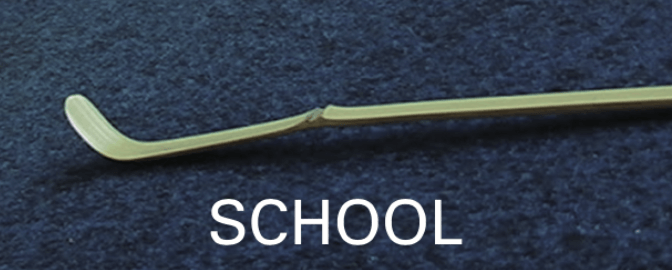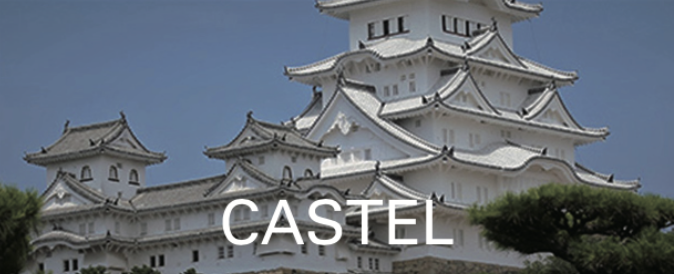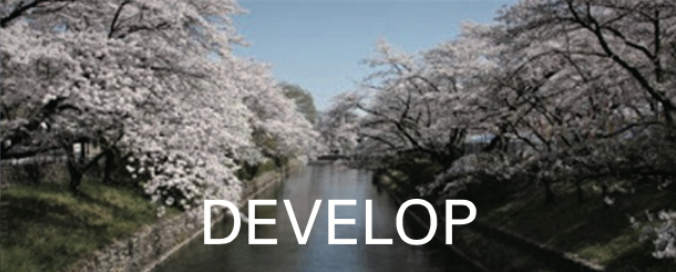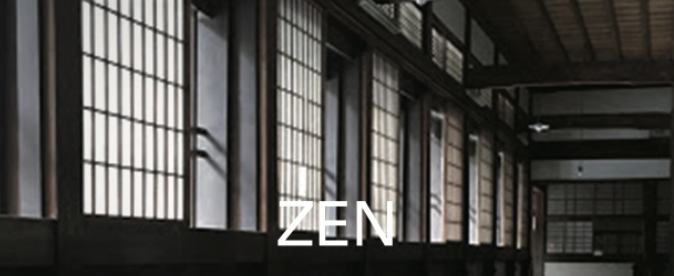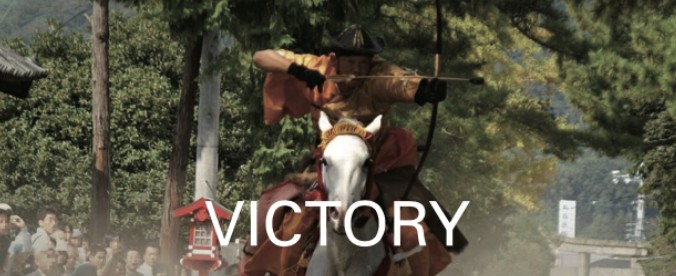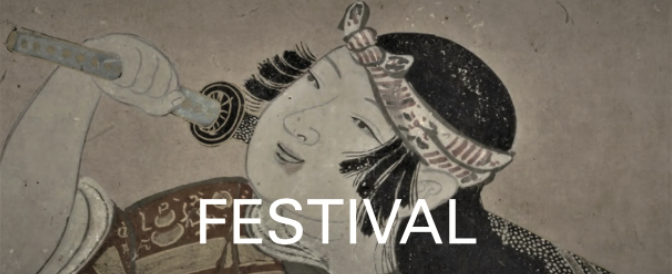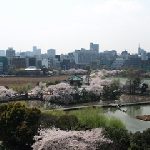
“Quiet from warding off evil spirits” The Tokugawa shogun, the military dictator and rulers of the country appointed by Emperor, founded this temple in 1625 during the Edo era. This temple was standing in the unlucky direction of an Edo Castle and Town, to ward off evil spirits. This temple worships the Buddha of healing, medicine and peace, and prays that those spirits are calm as the funeral temple of Tokugawa shogun.
This temple was founded with Enryakuji Temple and its landscapes in mind. Enryakuji Temple is on Mount Hiei, beside the Biwa Lake, Shiga Prefecture. It was a kind of Sango, an honorific mountain name prefixed to a temple’s name. The “Toeizan” in Toeizan Kaneji Temple, means “Mt. Hiei of the east,” Shinobazu Pond was designed as the Biwa Lake, and Bentendo Island was designed as Chikubujima Island in Biwa Lake, which is famous for Pilgrimages to Sacred Kannon: the Buddhist Goddess of Mercy, Site.
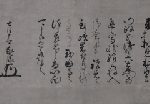
The museum has an excellent collection of modern Japanese painting masters, such as Hashimoto Gaho (1835 – 1908), one of the last to paint in the style of the Kanou school, Yokoyama Taikan (1868 – 1958), and Takeuchi Seiho (1864 – 1942) and others.
This museum possesses the outstanding work, Fubuki, snowstorm, of Ito Shinsui (1898 -1972), who painted Modern beautiful women, books of politicians and philosophers, and books and print works of artist from Shizuoka prefecture, etc. They show works before and after the End of the Edo period and the Meiji Restoration, an event in 1868 that sectored practical imperial rule of the Empire of Japan under Emperor Meiji.
This museum also possesses the Inks of distinguished priest, and “Nakamura Shikibunosho ate”, the note for Nakamura Shikibusho, Nakamura Kazuuji (died 1600) , of which his signature and written seal were the autograph of Tokugawa Ieyasu (1543 – 1616), the founder of the Tokugawa Shogunate.
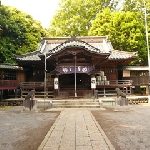
This shrine was transferred the separated spirit from Izumo Taisha shrine Shimane in 859. Ashikaga Shigeuji (1449 – 1455), the Kamakura Kubo, Governor-general of the Kanto region and the first Koga Kubo, the Kanto district administrator, moved to Koga Ibaragi from Kamakura Kanagawa.
He was regarded as the direct descendant of Kamakura Kubo by regional powerful clans in the Kanto district and Koga became the center of northeast Kanto, in the Age of Provincial Wars in the 15th – 16th centuries.
He also worshiped at this shrine as Koga Sochinju, the central place to pray for local gods to found the province and let this shrine be the origin of Koga Kubo’s authority. The origin of the lord’s authority in the province had been handed over to Matudaira Yasunaga (1562 – 1633), the founder of Toda Matsudaira clan and the lord of Koga castle in the Edo period. He built this shrine building and the worship hall.

The approach to this temple is one of the finest rows of cedar trees in the Tohoku region. These large cedars have a diameter of more than 2m and reach about 300m to the gate. In front of the main temple is a 460 year old maple tree, called Kasa Kede. It has branches in the shape of an umbrella. Kujijo Castle was built on the eastern hillock of this temple.
The lord of Kujijo Castle, Kuji Naoharu, and his son Kuji Masanori were executed by the army of Toyotomi Hideyoshi (1537 – 1598), the powerful feudal lord and Imperial Regent who unified Japan, in the Rebellion of Kunohe Masazane (1536 – 1591) in 1591, who was the lord of Kunohejo Castle.
However, it is reported that Naoharu ‘s uncle got away to Tsugaru Province, Aomori, when he was young, and he became Tsugaru Tamenobu (1550 – 1608), a feudal lord, the 1st feudal lord of Tsugaru Domain, and his former name was Oura Tamenobu. Oura Tamenobu. was the fifth generation of Oura Mitsunobu (1460 – 1526), a lord of Tanesatojo Castle and a founder of Tsuruga Domain.
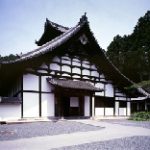
Date Masamune (1567 – 1636), the founder and the first lord of the Sendai Domain, rebuilt Enpukuji Temple in 1609. The temple was founded by Jigaku Daishi Ennin (794 – 864), the 3rd head of Buddhist Tendai sect, in the Heian period (794 – 1185). Masamune made this temple his family’s grave, with the name of Zuiganji Temple.
Masamune also rebuilt Godaido, the Hall dedicated to the five Guardian Kings of Buddhism. It was situated along the sea, using the best of architectural techniques in the Azuchi-Momoyama period (1573 – 1603) and enshrines Godai Myoo, the five Guardian Kings of Buddhism, made by Ennin.
Sakyo Kanou, a painter with a Sendai feudal clan, painted Kujiaku no ma, the room with the sliding screen painting of a peacock, which expels an evil atmosphere, with a tail raised on the gold ground and a slightly twisted body. The sliding screen painting was drawn with both the glow of gold clouds and the ultramarine blue of Matsushima Bay.
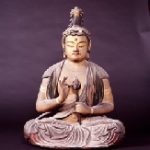
Johoji Temple at Mt. Buchisan, rock mountain was the practice place of Tokuitsu (749 – 824), a scholar-monk who founded many temples in northeastern Japan. He also founded Aizu, as Butsuto, a thriving Buddhist city. The sedentary statue of Sacred Kannnon, the Buddhist Goddess of Mercy is enshrined at this temple, which has a 77cm height, in Yosegi zukuri, the technique of wood block assembly, after being treated and craved, made of cypress wood. This statue has Gyokugan, eyes made of crystal, and is painted with Kindei, gold paint with gelatin.
This statue was carved in the sculpture style of the early Kamakura period in the 13th century, with the influence of the Song Dynasty (960 – 1279) style. This statue was imaged in 1311 by Minagawa Munekage in Moka Naganuma Villa, Tochigi. He was a member of Naganuma family which was Gokenin, vassals in the Kamakura Shogunate. This statue symbolizes the Buddhist culture of the Tadami region.
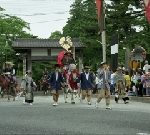
Soma Nomaoi is said to have been started by the Nomaoi Event, a wild horse chase festival of Taira no Masakado (died 940), a member of the Kammu Taira clan and one of the largest insurgent forces against the central government of Kyoto. That event was a training effort to improve martial arts and spirit. This event was supported by samurai spirit in the old days, and gratitude spirit now.
The Soma clan of Nomura Domain were descendants of Masakado. The Soma clan was a small Domain. The Date clan, next to Soma, was a great Domain. They had always worked in the field beside their armor. Once they heard of the enemy’s invasion, they solidified their unity. They had never neglected mental training, from study to etiquette, and thrived in the spirit of Bushido, samurai spirit.
